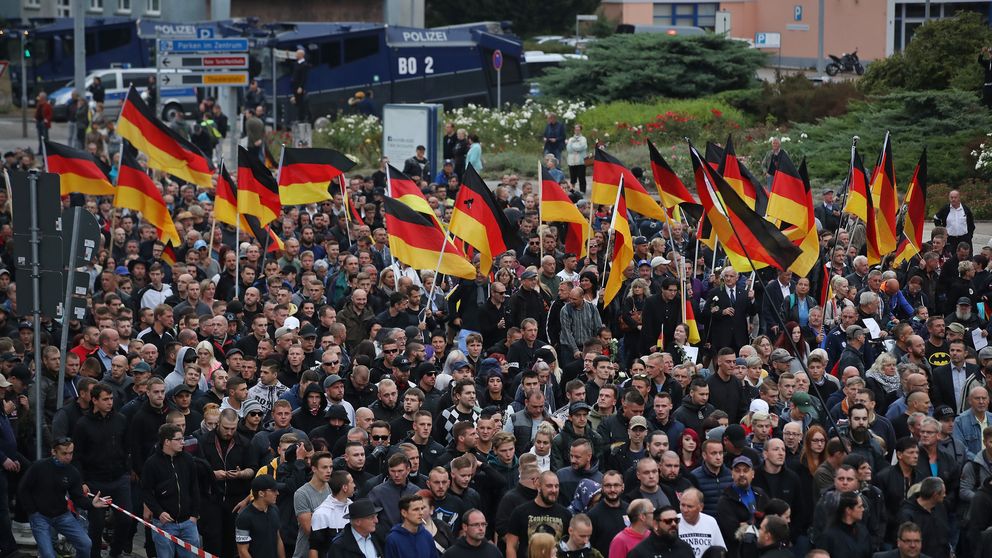
A police investigation quickly identified a suspect: Ali Bashar, a twenty-one-year-old resident of a nearby shelter for refugees. The more details emerged about him, the more it looked as though the authorities had committed a remarkable string of blunders.
Bashar’s application for asylum had been rejected more than a year earlier. In the months leading up to Susanna’s death, he had allegedly pushed and spat at a policewoman, robbed a man at gunpoint, and repeatedly raped an eleven-year-old girl. Even after he was identified as a suspect in the country’s highest-profile murder case, Bashar, along with his parents and five of his siblings, managed to procure papers, board a flight to Istanbul, and return to the family’s home, in the Kurdish region of northern Iraq.
When a refugee killed a fourteen-year-old girl, Germany’s far right saw opportunity in tragedy.
Feldmann immediately grew suspicious. The message did not match her daughter’s usual writing style. Susanna had never mentioned somebody by the name of Armando. Nor, it soon became clear, had any of her friends heard of him. All of Feldmann’s attempts to reach her daughter were unsuccessful. That night, Susanna did not return.
More @ The New Yorker

No comments:
Post a Comment